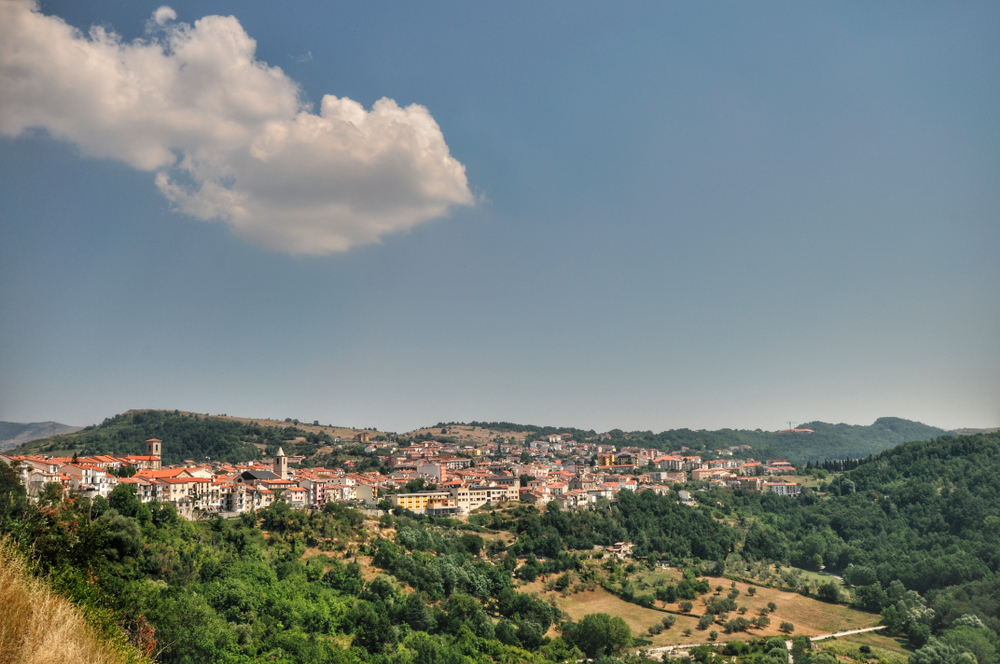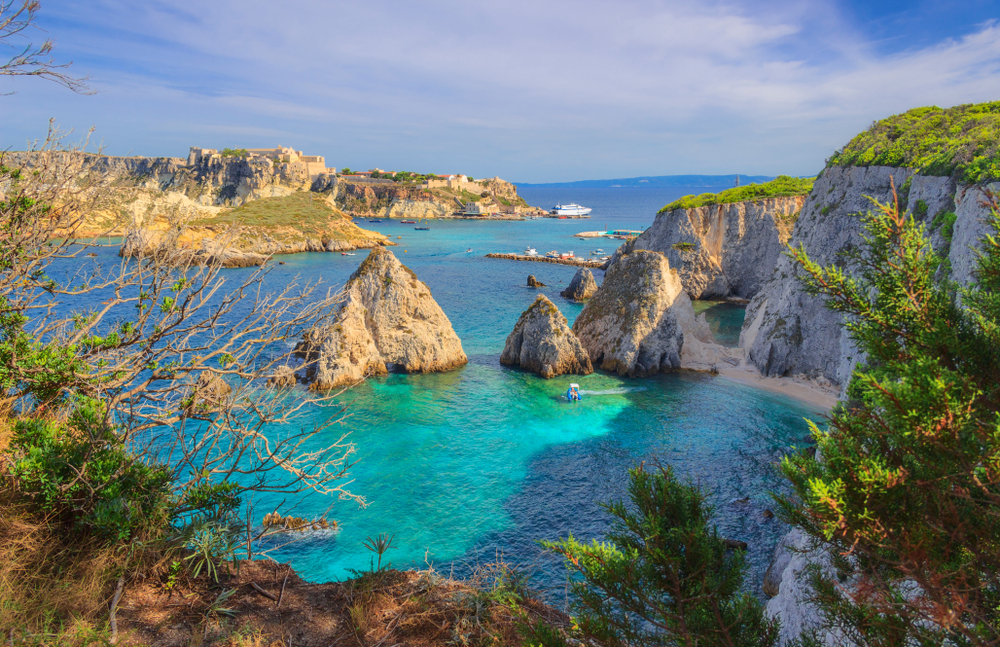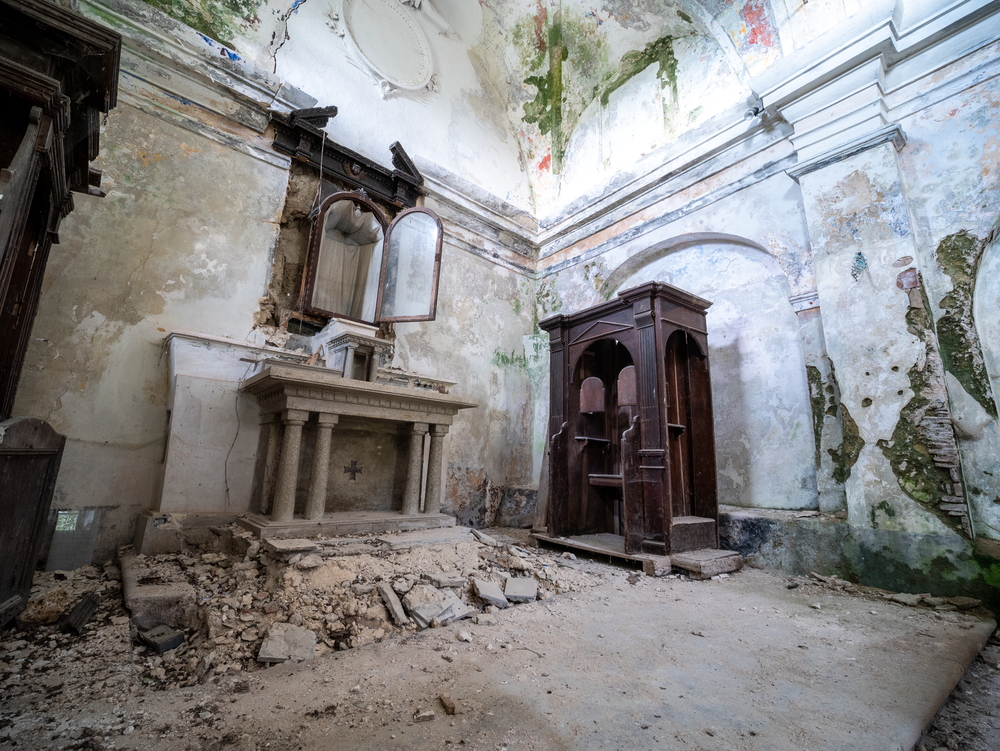Introduction to Molise
Molise is Italy’s newest region and arguably one of its least well-known regions. Situated in Southern Italy, it’s also the second smallest region in the country. Until 1963 it was actually part of the region of Abruzzi e Molise but the region then split and Abruzzo and Molise went their separate ways. Abruzzo still borders the region to the North whilst to the East lies Puglia, Campania to the South and Lazio to the West. Molise can boast both beautiful rural and mountainous landscapes as well as stunning beaches since it lies on the Adriatic Coast, with 22 miles of sandy coastline to be enjoyed and discovered. It is split into two provinces – Campobasso and Isernia.
The region offers holidaymakers a plethora of hidden gems to discover. Museums, areas of incredible archaeological importance, castles, churches and theatres…. All deserve a visit to truly discover the history and the ancient culture of this land. There is no doubt that Molise is certainly where you’ll enjoy an authentic taste of Italy.
This month, the Bookings For You team sought the help of Loriana De Sanctis from Molise Cuisine to shed some light on this little known region for our readers. She has shared with us her favourite places to visit in Molise.
Agnone

Situated in the province of Isernia, Agnone is a picturesque hilltop town close to the Verrino River. It has had a long and interesting history and sits in the centre of the important archaeological vestiges of the old Oscan-Samnite civilisations. In fact it has even been nicknamed ‘the Athens of the Sannio’ due to the large number of ancient ruins of the Samnite culture. Agnone can also lays claim to being the site where the most important ancient document found in Molise was discovered, the so-called ‘Oscan Tablet’ (Tabula Osca), an inscription written in Oscan on a bronze tablet and dated to the 3rd century BC, now on display in the British Museum.
The Pontificia Fonderia Marinelli (or Marinelli Pontifical Foundry) is an extremely famous bell foundry in Agnone, Italy. Founded no later than 1339, the foundry is one of the oldest family businesses in Italy run by the Marinelli family. It still uses the same traditional methods and techniques today as would have been used in the Middle Ages. Visit to enjoy the chance to view the artisan bell-making process for yourself and to learn more about the history of bell production in the in-house museum.
Agnone’s charming lanes are the perfect place for a stroll. There is arguably nowhere nicer to get lost in than Agnone, discovering its ancient houses and buildings around each corner.
Tremiti Islands

The Tremiti Islands are five bite-size islands very close together. It’s an archipelago in the Adriatic Sea, in front of the Gargano Peninsula. Administratively, the archipelago actually comes under the province of Foggia in Puglia. But it is also one of the pearls of Molise that lie 24 miles off the region’s coastline in the Adriatic Sea. The Tremiti truly are a natural paradise, with cliffs, sea caves and coves that can be reached by ferry on a day trip from the Apulian coastline.
Termoli

Termoli is a picturesque walled port town with narrow streets lined with whitewashed houses and fishermen’s huts, guarded at its entrance by the 13th century Castello Svevo. It is a popular beach resort in Molise but retains a charm and authenticity that many of Italy’s larger beach resorts have lost. The old town (borgo antico) sits out in the sea, separating the town’s sandy beach from the picturesque harbour. Stand on the sea walls to catch a glimpse of the typical trabucchi (fishing platforms).
The town plays host each August to a festival re-enacting the 1566 battle in which the townsfolk defeated the forces of Suleiman the Magnificent. Villagers dress as belly dancers and Turkish warriors and fireworks light up the sky.
Gambatesa
Situated in the Campobasso region, Gambatesa is a hilltop town enjoying wonderful views over the countryside and Lake Occhito below. (Incidentally, the lake can lay claim to being the second biggest artificial reservoir in Europe).
The town is built around its castle and some of the best views of the surrounding area can be enjoyed from its terraces. The Gambatesa Castle is a typically Medieval fortress once home to the Capua family. These days, it’s also home to some impressive 16th century frescoes by Donato da Copertino and by his disciples.
Pietrabbondante

Pietrabbondante is home to impressive ruins dating back to the 5th century BC, including a necropolis, a sanctuary, theatre and several temples. The complex was actually rebuilt by the Romans in the 2nd century BC after its destruction by Annibale in 217 BC. Sitting at an elevation of 1000 metres, it also has commanding views over Molise’s rugged hills.
Matrice
The Medieval centre of Matrice is absolutely charming. The 12th church of Santa Maria della Strada is the town’s biggest attraction. It is the best example of a Romanesque church in Molise. Outside, the facade features reliefs which depict the adventures of Fioravante and the battle of Roncisvalle, whilst inside there are three naves with column capitals decorated by Abruzzese sculptors Roberto, Nicodemo e Ruggero.
Molise’s Ghost towns

Inland Molise is dotted with crumbling medieval villages and fortified castles, located atop hills amid monasteries and abbeys. The inhabitants fled long ago, because of emigration or earthquakes, and freely grazing horses are the only residents around to welcome visitors today.
One such place is Rocchetta a Volturno, a Medieval village that was abandoned years ago after a series of landslides. These days it’s a labyrinth of broken cobbled streets, dusty frescoed churches and unhinged doors. Arches are covered in animal images and gargoyles. There are also ancient tombs, an aqueduct and the impressive abbey of San Vincenzo al Volturno.
Other spooky phantom villages to give goosebumps are Ciccagne, Mucciarone, Pincere and Civita di Bojano.
Saepinum
Seapinum is a kind of little Pompeii and is an incredibly well preserved example of a provincial Roman town. If you’re lucky, you might even have the site to yourself as you wander past the remains of towers, artisan shops, a basilica, fountains and thermal baths.
Campobasso

Any trip to Molise should include a visit to the region’s capital, Campobasso. At the very top of the town sits the Monforte castle. At approximately 800 metres high, the views over the town from here are superb. As you make your way down the hill, enjoy a slow walk through the narrow winding streets, alleyways and staircases of the old Mediveal centre. The town itself has been known for the production of scissor and knife blades since the 14th century and is also famous for its pear production and scamorza cheese.
The Matese mountains
A chain of mountains in the southern Apennines, the Matese cross two regions – Molise and Campania. Historically, the area was once inhabited by the Samnites, who were subsequently conquered by the Romans and then later became a centre for monasticism.
This used to be the land of transhumance: the seasonal movement of people and their livestock between summer and winter pastures. Grazing sheep, cows and buffalo still dot the landscape and you can still spot ancient trails winding up the mountains.
If you fancy exploring Molise for yourself, get in touch with Loriana at Molise Cuisine. Their array of tours and experiences will allow you to discover the real Molise. Whether you are looking for a personal tour guide to help you explore more of Molise, are in search of a private chef to teach you how to cook some of the region’s delicious culinary specialities, or perhaps you fancy a guide to take you around the vineyards, Lorianna and her team at Molise Cuisine have a range of options for you to choose from.


